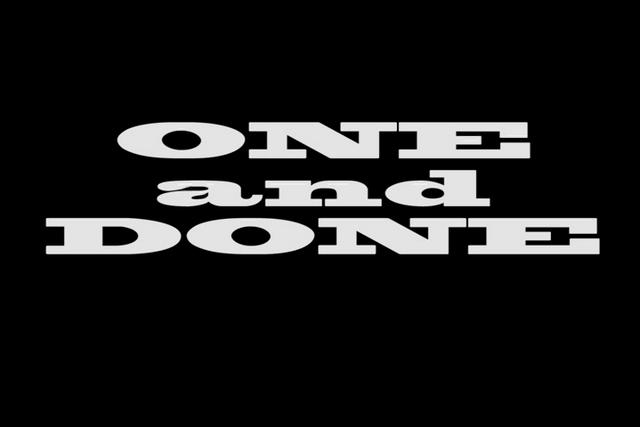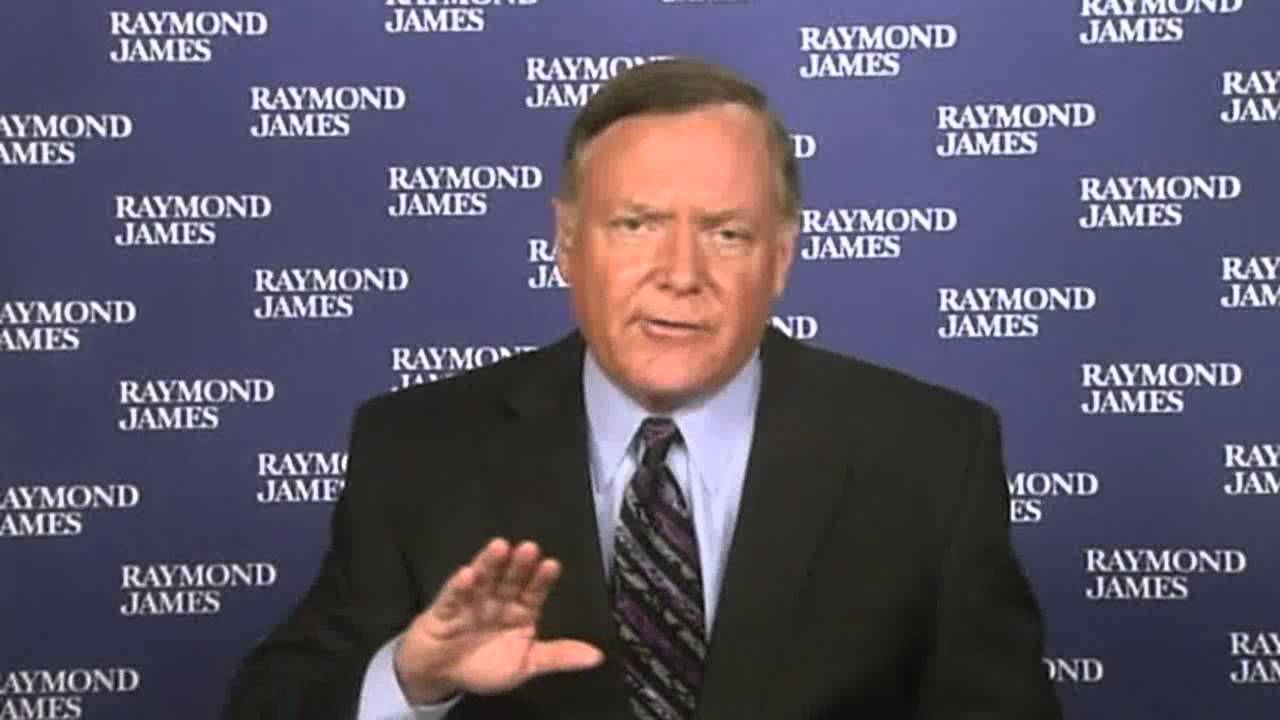One and done?
by Benjamin Streed, CFA, Raymond James
February 29, 2016
Leading up to “liftoff” in December the markets were optimistic in several additional rate hikes in 2016, even if it wasn’t the four the Fed had anticipated. The bond markets are often given the moniker of “smart money”, or at the very least “thoughtful money” as it contemplates the macroeconomic environment and true global nature of today’s capital markets. Well, the bond mavens are back at it and appear highly skeptical that the current environment warrants even a single increase in 2016 let alone multiple. It’s been only a matter of months, but inflation expectations including the 5-year forward breakeven rate, a market-implied measure of inflation, is a mere 1.40%, its lowest level ever. Lower than the tech bubble, lower than the crash in 2008, and lower than any round of Quantitative Easing (QE) post-recession. In other words, the aggregate sentiment in the institutional bond market is that US inflation will average only 1.40% over the next five years. This measure was as high as 2.00% before “liftoff” and as high as 3.00% in 2011. It appears as though the bond markets have given up on inflation and are once again signaling that the Fed is too aggressive in getting off its zero lower-bound on the Fed fund’s rate. Can we fault the bond market? Not really, according to Bloomberg the bond market has been right for years. In fact, it predicted in 2014 that the Fed’s dot plot, a visual forecast of future rates, was off by as much as an entire percentage point. As a result, policymakers are cutting forecasts and backing away from their hawkish (higher rates sooner) tone, keeping us in the realm of a “dove hike”. As I’ve written before, a dove hike is liftoff in conjunction with ongoing accommodation and a cautious tone moving forward.
The bond market will eagerly await the Fed’s next meeting in March, but unless something dramatic happens (meaning much better global economic data), the Fed is once again likely to remain patient and cautious before doing much else. Some economists are calling for the Fed to reduce its forecast to three hikes in 2016 (down from 4), which doesn’t sound like much on the surface but would clearly indicate the Fed needs to pay attention to global markets and will struggle to raise rates while the rest of the world implements new and novel ways to ease/lower rates (negative rates and more QE). Should the Fed finds its hands tied, this could reflect the oddity of 1997 when the Fed finally tightened after a multi-year period of easing and/or no action. This led to a single rate hike in March before they reversed course to easing 19-months later, a “one and done”. Whether December 2016 mirrors March 1997 will be exciting to watch and all eyes/ears will once again be on the Fed as they gear up for their next meeting on March 16th.
Copyright © Raymond James
















